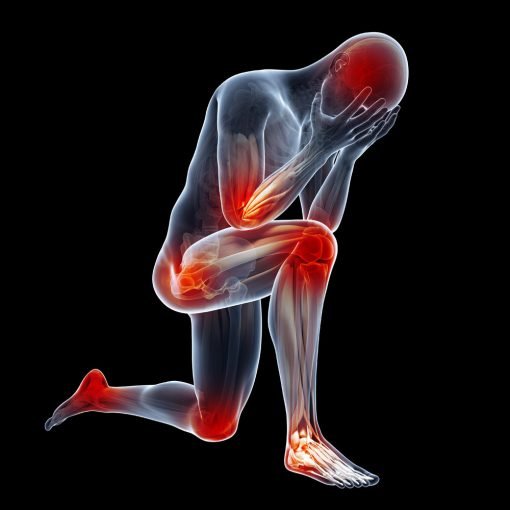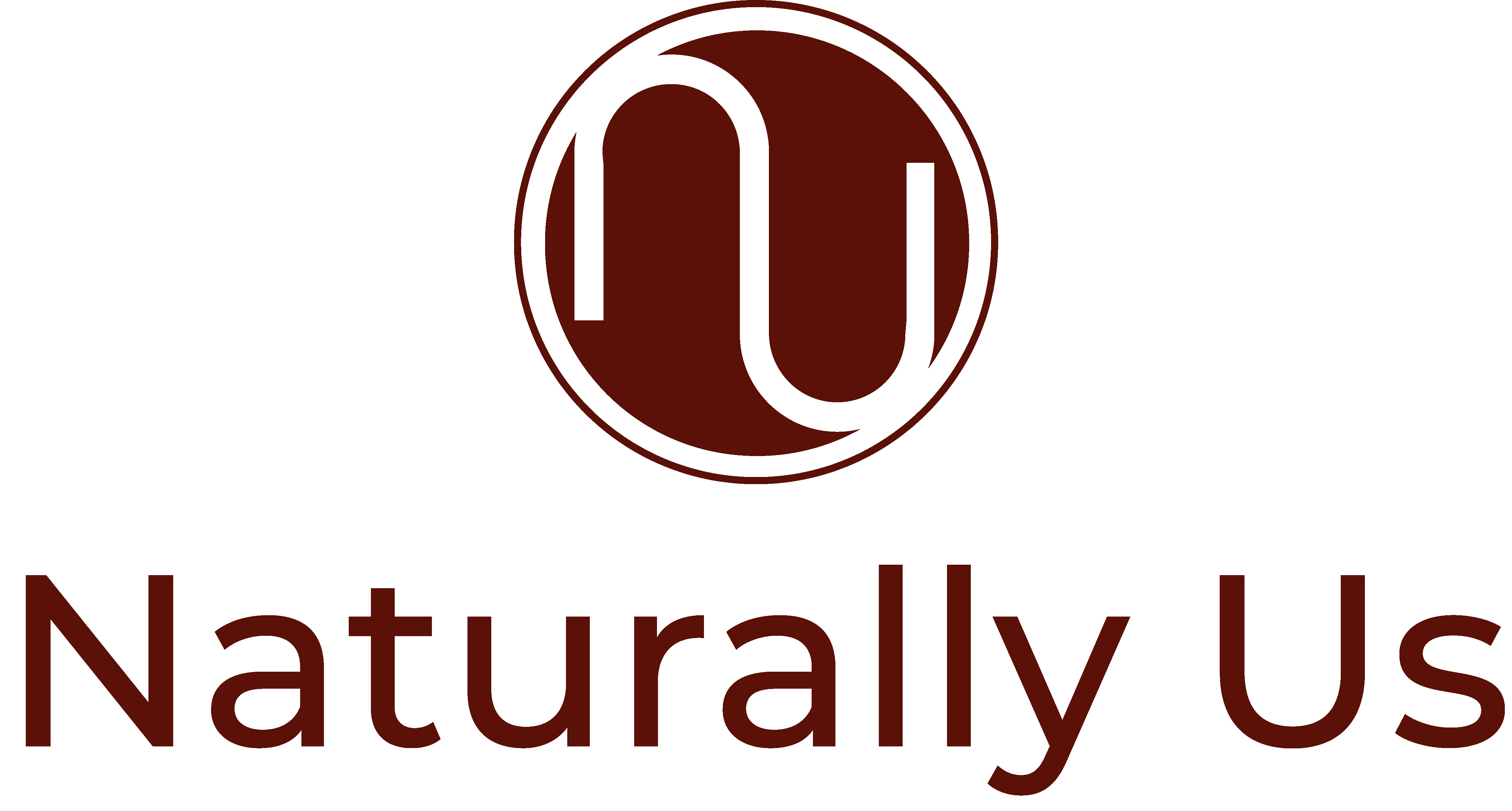Joint Pain
What is Joint Pain?
Pain is a symptom caused by various systems, and has to be understood by the patient and medical professional to find its cause. Let us for now call it a clue.
A common understanding of pain is that it is not welcome and disturbs routines and comfort. A patient tries to avoid pain or get used to it to get on with life. Strong pain killers, nerve blocks and steroid injections are familiar as a pain management programme.
A joint is made up of bones, muscles, tendons, ligament, tissue, vessels and fluid. Compromising these may relate to some sort of pain or discomfort. This is the body’s way of indicating there is a problem.



What type of pain is it and why it helps to know?
The nature of the pain can help us get to the cause – which may be far from local to the pain. Pain can be caused on a specific area, may radiate to a different location or may be referred from a deeper organ.
The following factors can narrow down the possibilities of causes to then target the way to resolve it more effectively.
- The time frame is important in understanding joint pain.
- Trauma may cause acute joint pain e.g. sprain or fracture.
- A condition or disorder may cause chronic or long term pain such as Arthritis, Frozen Shoulder, Gout, etc.
- Worst in the morning or after day’s work, or intermittent pain felt.
- Nature of pain categorises it in accordance with system or systems involved
- Constant dull pain or intermittent
- Sharp and shooting, stabbing
- Burning, Radiating, Throbbing
- With associated symptoms like inflammation, redness, oedema, fever, sensory loss etc
- Area of pain or region is very important to establish cause,
- Localised or widespread regions
- Patterns associated – pain happening in combination or following each other
- Other conditions associated causing referred pain patterns e.g. Right Shoulder pain may be associated with abdominal pain , or mid thoracic pain associated with chest pain etc
- Alleviating and aggravating factors,
- Alleviated by cold compress, movement, rest or exercise
- Aggravated by ascending or descending stairs, long term standing or sitting etc,
- Do pain killers help, if so – for how long?
- Do supplements help?
- Previous History may relate. Forgotten falls, adapting gait due to work, pain or habit and choices contribute to symptoms.
What can be done to help?
Your GP would normally prescribe appropriate medication for pain management and refer for further investigations if pain persists or progresses for more than 6 weeks as per NICE Guidelines.
The cause however as explained above has to be analysed usually through detailed history and orthopedic testing to locate areas compromised. In Chiropractic and at Naturally Us, we do not believe in getting used to pain and encourage immediate steps to correct the insult to the body to avoid the body developing a trigger memory where the area compromised becomes a weak spot. Musculoskeletal disorders are a major cause of Joint pain, however other conditions such as Thyroid disorders, Psoriasis are just some of the other disorders causing the same.
- Blood Test – Your GP may be able to request a blood test to investigate mineral levels in your bloods. Checking this may reveal deficiencies e.g. Vitamin D, Vitamin B12 and also conditions like Thyroid, which cause general body pains as symptoms. Click on Link below to learn more;
- http://www.nhs.uk/Conditions/Anaemia-vitamin-B12-and-folate-deficiency/Pages/Symptoms.aspx
- http://articles.mercola.com/sites/articles/archive/2014/05/28/vitamin-d-deficiency-signs-symptoms.aspx
- Postural Analysis – to learn how the patient adapts due to the pain felt we at Naturally Us include this service free of charge (normally at £15). During Consultation and at regular intervals in the follow up sessions the patient is monitored for comparison.
- Chiropractic – part of the complementary therapies, Chiropractic specialises in Musculoskeletal disorders intricately part of the Nervous System. Chiropractors work to realign the joints that are built to protect the nerves, organs, vessels and tissue whilst in operation. These systems would compromise if the body adapts posture due to pain, habit or injury.
- Massage - Naturally Us offers remedial massage to ease the stiffness and pain, to release the lactic acid build up and to rehabilitate the muscle function for an optimum result.
- Exercises to help – related to the findings and orthopedic tests that indicate areas related. Exercises will be a topic to look forward to!

Some disorders that can cause joint pain
- Osteo-Arthritis (OA)
- Rheumatoid Arthritis (RA)
- Gout
- Osteomyelitis
- Osteoporosis, Osteomalacia
- Bursitis, Adhesive Capsulitis (Frozen shoulder)
- Ligament injuries, Sprains, strains or Torn Cartilage
- Hip disorders in children - Congenital Hip Dysplagia (CDH), Perthes Disease, Still’s Disease (Juvanile RA)
- Tumor or cancer
- Pain caused by joint misalignments – Sciatica, Disc Prolapse, Spinal fractures, Scoliosis, Whiplash
Some studies to show evidence
Please find links to studies published on JMPT in relation to above topics;
- Effects of 12 Weeks of Chiropractic Care on Central Integration of Dual Somatosensory Input in Chronic Pain Patients: A Preliminary Study.
Haavik H1, Niazi IK2, Holt K2, Murphy B3. J Manipulative Physiol Ther. 2017 Feb 10. pii: S0161-4754(16)30244-5. doi: 10.1016/j.jmpt.2016.10.002. [Epub ahead of print] - Contextually Aided Recovery (CARe): a scientific theory for innate healing.
Dave Newell, Lise R. Lothe, and Timothy J. L. Raven. Chiropr Man Therap. 2017 Feb 13;25:6. doi: 10.1186/s12998-017-0137-z. eCollection 2017.
